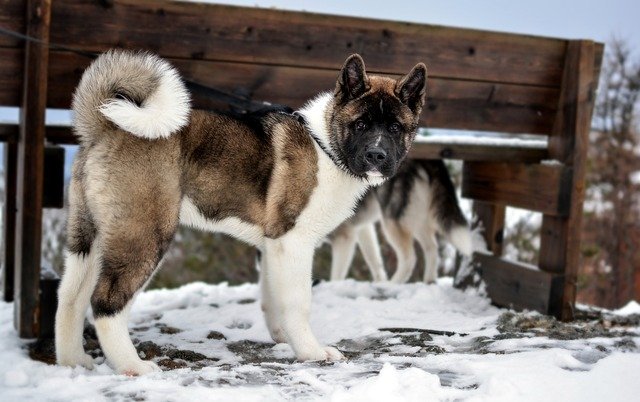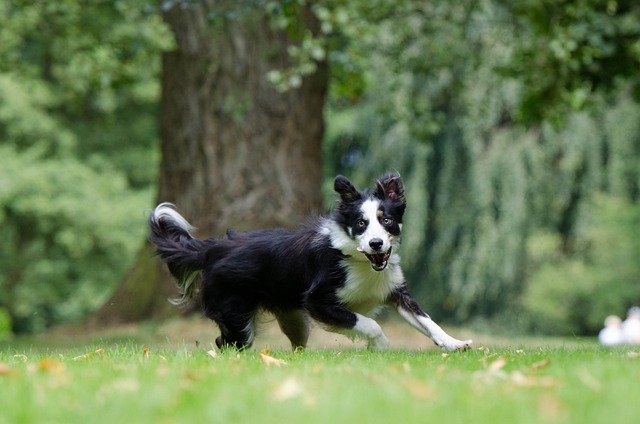Every dog lover has noticed dogs’ whiskers and wondered Why Do Dogs Have Whiskers? Don’t worry; this is a normal aspect of a dog’s life. Almost every dog has whiskers, and these whiskers help dogs communicate their emotions.

What are dog whiskers?
Dog whiskers, or vibrissae, are a type of stiff, functional hair that grows around the face, especially above a dog’s eyes and on their cheeks, muzzle, and chin. Whiskers are made of keratin and are much thicker and more flexible than regular dog hair. These hairs are deeply embedded in the dog’s skin and are connected to a complex network of nerves, making them highly sensitive and important for various aspects of a dog’s behavior and interaction with the environment.

Why Do Dogs Have Whiskers?
The major functions of this specialized hair are given below:
Sensing Environment
Whiskers play an important role in sensing the environment. They help dogs gather information about their surroundings, especially when they are close to objects or in low-light conditions. This sensitivity helps them navigate tight spaces and avoid obstacles nearby. Whiskers in different areas provide them with varying information about their environment.
- Muzzle Whiskers: Dogs use these whiskers to gauge the shape of openings and extend toward an approaching object to help determine the shape, proximity and texture of nearby surfaces. These whiskers also help dogs detect food and water.
- Eye Whiskers: These whiskers detect potential threats to the eyes by responding to tactile stimuli or air currents. When the whiskers are moved, they send signals to a dog’s brain by their nervous system and the brain give signal to the blink reflex to close their eyelids.
- Cheek Whiskers: Also known as Genal whiskers, help with peripheral Sensation of their surroundings, such as navigating through tight spaces and keeping a dog’s head upright while swimming.
- Chin Whiskers: These whiskers grow from a wart under a dog’s chin. They are very useful in detecting food, water and other objects that are out of the normal field of vision.
Expressing Emotions
Dogs can also express emotions through their whiskers, such as happiness, anxiety, or other states. When dogs are relaxed, their whiskers rest flat against their face. Happy dogs often raise their eye (supraorbital) whiskers. When dogs are scared or perceive an immediate threat, they may scatter or twitch their muzzle whiskers around the threat.

Should You Trim Dog Whiskers?
Whiskers are crucial for a dog’s sensory perception and balance. Cutting them short or removing them can disrupt a dog’s balance, movement, and ability to sense their surroundings. This can lead to stress, disorientation, and affect activities like hunting, swimming, and playing. In some cases, trimming whiskers might even trigger aggression due to stress. So, you should not cut or trim your dog’s whiskers.
A dog’s sensory abilities might be reduced until their whiskers grow back, which can take several weeks. Plucking whiskers can be very painful and may cause bleeding. If whiskers are cut by accident, it usually doesn’t cause pain and they will eventually grow back. However, be careful when trimming fur near whiskers.



